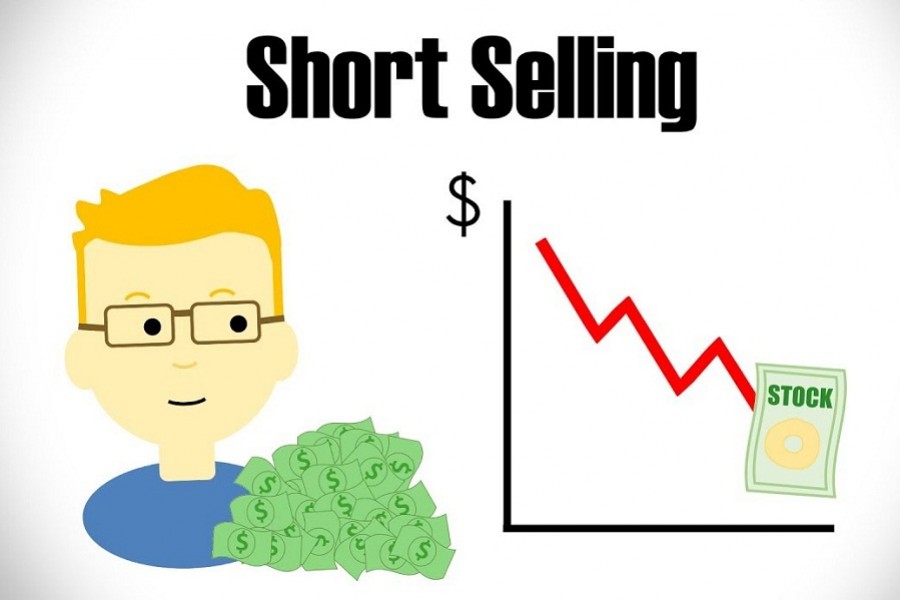The 'Adani-Hindenburg' issue is currently the most talked about debate in the global financial industry. How a single report has caused a huge conglomerate loss of more than USD 100 billion within days is a phenomenon.
This issue has also shown the power of investigative reporting, as Hindenburg Research -- a US-based financial research firm specialising in activist short selling and investigative journalism, has caused havoc to Adani group's share prices.
While everyone is interested in looking into what wrong has Adani group has done, short selling is getting familiar among common people who otherwise knew little about financial terms.
What is short selling
Short selling is a type of investment strategy involving an investor borrowing shares of a stock they believe will decrease in value and then selling the borrowed shares in the market.
If the stock price goes down, the investor repurchases the shares at a lower price and returns the shares to the lender. So the difference between the sell and buy price comes as profit.
Example to understand
An example will help you understand it better. Let's say an investor, Mr I believes that Red's (an imaginary company) stock is overvalued and is likely to decrease in value soon. So he borrows 10 shares of Red from his broker and sells them for Tk 100 each, receiving Tk 1,000.
After a few days, when the stock price of Red drops to Tk 50 per share as anticipated, Mr I repurchases 10 shares for Tk 50 each, spending Tk 500. He returns the shares to the lender and keeps the difference of Tk 500 as profit. Thus, without buying a share, Mr I makes a profit of 500 Tk just by keeping their position for a short time.
Risk of losing money
However, as tempting as it may sound, short selling is a high-risk investment strategy and is not suitable for everyone. It carries the potential for significant losses if the stock price does not decrease as expected.
In the example above, if the stock price of Red had increased to Tk 150 per share instead, Mr I would have to buy them back for 1500 Tk, losing 500 Tk from his pocket.
Loopholes
An investor needs to have a margin account with their broker to short sell a stock. A margin account allows the investor to borrow money from the broker to buy securities, with the securities serving as collateral. The broker provides the shares to the investor to sell, and the investor is responsible for any losses if the stock price increases.
Short selling is a way for investors to profit from declining stock prices, but it can also negatively impact the market and individual companies. When a large number of investors short sell a stock, they drive down the stock price, which can result in a self-fulfilling prophecy and a further decrease in the stock price.
This can hurt individual investors and the company as a whole, as a decreasing stock price can lead to decreased confidence and potentially lead to a decrease in the company's value.
However, short selling is regulated by the securities and exchange commission authorities of any stock market to prevent market manipulation and protect investors.
There are restrictions on short selling, such as the 'uptick rule,' which requires that a stock must be sold at a higher price than the previous sale before it can be shorted. This rule prevents short sellers from driving down the stock price by repeatedly selling the stock at lower and lower prices.


